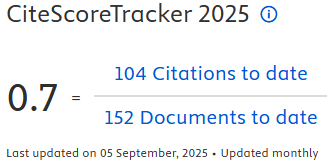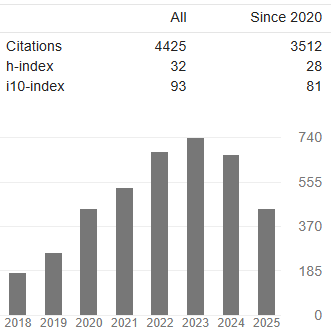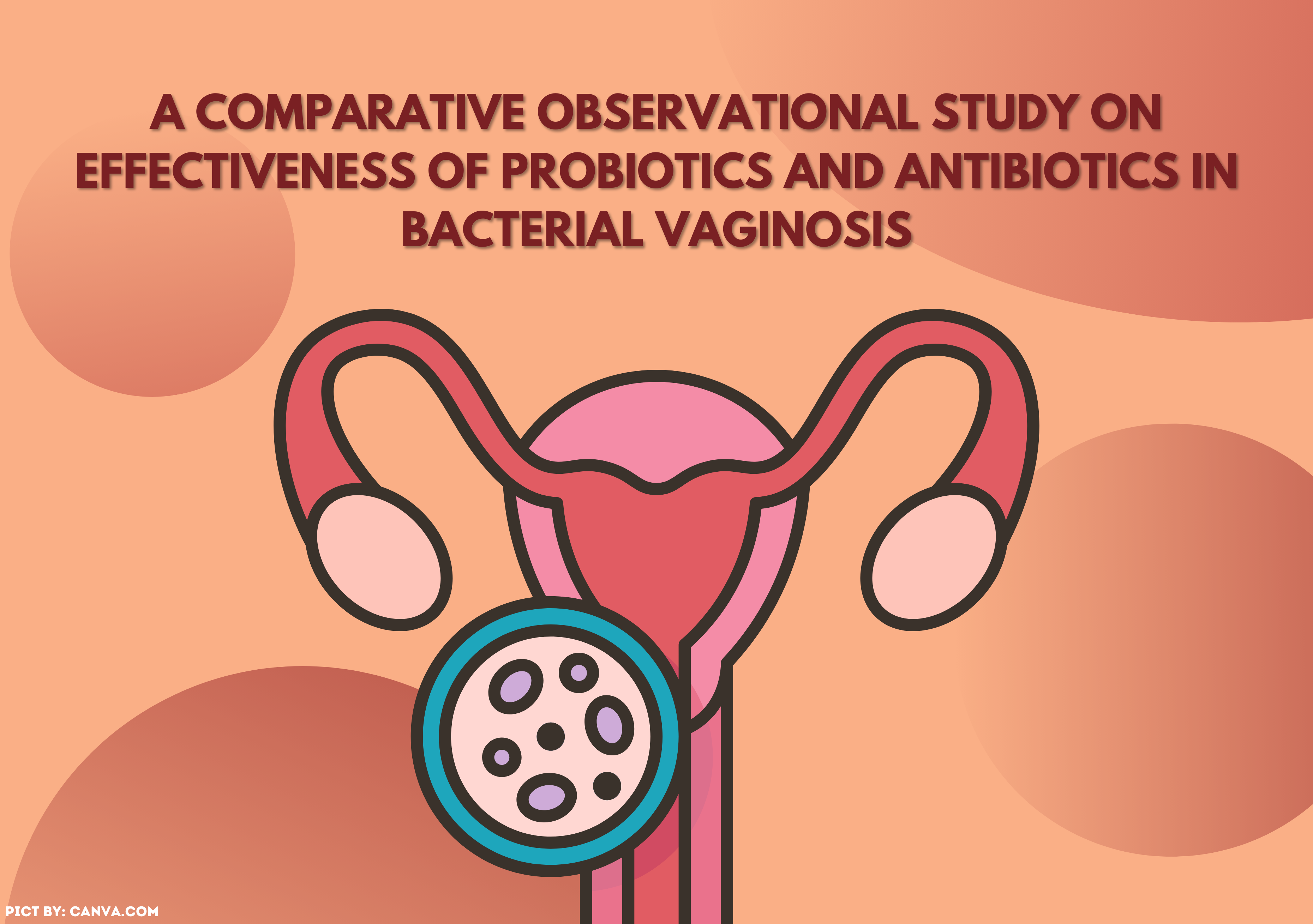GENDER SEGREGATION OF HEALTH MANAGERS IN DISTRICT HEALTH OFFICERS IN INDONESIA

Introduction: Women dominate Indonesia's health system but there is no clear evidence how this is represented equally in the decision-making process. Globally, the healthcare system is challenged by gender segregation of health managerial position. Aims: This study is to explain the findings regarding patterns of male or female dominance in the particular division of the district health office. Methods: This study was an original research discussing gender segregation of male and female dominance as health managers in district health office. We listed the characteristics of health managers in two provinces with different kinship system. These characteristics were then compared with several gender segregation patterns i.e. work area; position requirement; dominant task coordination; workplace; emergency possibility; budget; percentage of the female manager based on matriarchy and patriarchy background. Result: Female managers of a matriarchal background dominate in General Secretariat (63.4%). Public Health and Community Empowerment (62.5%) and Healthcare Services (80%). A significant portion of men of a patriarchy background shows that men are dominating in two divisions, Disease Prevention and Control (57.8%) and Health Services (55.3%). The study proved the existence of the dominance of one gender in a specific job. This indicated the existence of gender segregation in the healthcare system. Conclusion: Female managers tend to be placed in domestic organization affairs while the male managers are generally responsible for interorganizational affairs, including jobs with high emergency responses.
Bloksgaard, L. (2011) ‘Masculinities, femininities and work - The horizontal gender segregation in the danish labour market', Nordic Journal of Working Life Studies, 1(2), pp. 5–21. https://doi.org/10.19154/njwls.v1i2.2342
Boniol, M. et al. (2019) ‘WHO | Gender equity in the health workforce: Analysis of 104 countries', Who, (March).
Brescoll, V. L. (2016) ‘Leading with their hearts? How gender stereotypes of emotion lead to biased evaluations of female leaders', Leadership Quarterly, 27(3), pp. 415–428. https://doi.org/10.1016/j.leaqua.2016.02.005
Carbajal, J. (2018) ‘Patriarchal Culture's Influence on Women's Leadership Ascendancy', The Journal of Faith, Education, and Community, 2(1).
Constance, N. (2014) ‘Time to address gender discrimination and inequality in the health workforce', Human Resources for Health, 12(25), pp. 1–11. https://doi.org/10.1186/1478-4491-12-25
Critchley, J., Schwarz, M. and Baruah, R. (2021) ‘The female medical workforce', Anaesthesia, 76(S4). https://doi.org/10.1111/anae.15359
Exavery, A. et al. (2013) ‘Gender-based distributional skewness of the United Republic of Tanzania's health workforce cadres: A cross-sectional health facility survey', Human Resources for Health, 11(1). https://doi.org/10.1186/1478-4491-11-28
Fiske, S. T. et al. (2002) ‘A model of (often mixed) stereotype content: Competence and warmth respectively follow from perceived status and competition', Journal of Personality and Social Psychology, 82(6), pp. 878–902. https://doi.org/10.1037/0022-3514.82.6.878
García-Ael, C., Cuadrado, I. and Molero, F. (2018) ‘The effects of occupational status and sex-typed jobs on the evaluation of men and women', Frontiers in Psychology, 9(JUN), pp. 1–13. https://doi.org/10.3389/fpsyg.2018.01170
George, A. (2007) ‘Human resources for health: a gender analysis Background paper prepared for the Women and Gender Equity Knowledge Network and the Health Systems Knowledge Network of the WHO Commission on Social Determinants of Health', (June), pp. 1–57.
Habib, R. R. et al. (2020) ‘Sex and gender in research on healthcare workers in conflict settings: A scoping review', International Journal of Environmental Research and Public Health, 17(12), pp. 1–22. https://doi.org/10.3390/ijerph17124331
Heilman, M. E. (2012) ‘Gender stereotypes and workplace bias', Research in Organizational Behavior, 32, pp. 113–135. https://doi.org/10.1016/j.riob.2012.11.003
Hentschel, T., Heilman, M. E. and Peus, C. V. (2019) ‘The multiple dimensions of gender stereotypes: A current look at men's and women's characterizations of others and themselves', Frontiers in Psychology, 10(JAN), pp. 1–19. https://doi.org/10.3389/fpsyg.2019.00011
Kok, M. C. et al. (2017) ‘Performance of community health workers: Situating their intermediary position within complex adaptive health systems', Human Resources for Health, 15(1), pp. 1–7. https://doi.org/10.1186/s12960-017-0234-z
Kruijthof, C. J. et al. (1992) ‘Career perspectives of women and men medical students', Medical Education, 26(1), pp. 21–26. https://doi.org/10.1111/j.1365-2923.1992.tb00117.x
Link, B. G. and Phelan, J. C. (2001) ‘Conceptualizing stigma', Annual Review of Sociology, 27(2001), pp. 363–385. https://doi.org/10.1146/annurev.soc.27.1.363
Manzi, C. et al. (2021) ‘Double Jeopardy-Analyzing the Combined Effect of Age and Gender Stereotype Threat on Older Workers', Frontiers in Psychology. https://doi.org/10.3389/fpsyg.2020.606690
Newman, C. J. et al. (2011) ‘Occupational segregation, gender essentialism and male primacy as major barriers to equity in HIV/AIDS caregiving: Findings from Lesotho', International Journal for Equity in Health, 10, pp. 1–13. https://doi.org/10.1186/1475-9276-10-24
Quinn, M. M. and Smith, P. M. (2018) ‘Gender, work, and health', Annals of Work Exposures and Health, 62(4), pp. 389–392. https://doi.org/10.1093/annweh/wxy019
Ramadani, V. et al. (2017) ‘Gender and succession planning: opportunities for females to lead Indonesian family businesses', International Journal of Gender and Entrepreneurship, 9(3), pp. 229–251. https://doi.org/10.1108/IJGE-02-2017-0012
Rudman, L. A. and Phelan, J. E. (2008) ‘Backlash effects for disconfirming gender stereotypes in organizations', Research in Organizational Behavior, 28, pp. 61–79. https://doi.org/10.1016/j.riob.2008.04.003
Selinaswati, S. (2019) ‘Women in Politics in Matrilineal Society: A Case Study of West Sumatra, Indonesia', (October). https://doi.org/10.31227/osf.io/h5u7y
Shannon, G. et al. (2019) ‘Erratum: Correction to: Feminisation of the health workforce and wage conditions of health professions: an exploratory analysis (Human resources for health (2019) 17 1 (72))', Human Resources for Health, 17(1), p. 84. https://doi.org/10.1186/s12960-019-0425-x
Theobald, S. et al. (2015) ‘Close to community health providers post 2015: Realising their role in responsive health systems and addressing gendered social determinants of health', BMC Proceedings, 9(Suppl 10), pp. 1–11. https://doi.org/10.1186/1753-6561-9-S10-S8
Vong, S. et al. (2019) ‘Why are fewer women rising to the top? A life history gender analysis of Cambodia's health workforce', BMC Health Services Research, 19(1), pp. 1–9. https://doi.org/10.1186/s12913-019-4424-3
WHO (2019) Delivered by Women, Led by Men: A Gender and Equity Analysis of the Global Health and Social Workforce, Human Resources for Health Observer.
Yuliani, I. et al. (2019) ‘Optimization of Health Cadres Role in the Pregnant Women Health Promotion in Sleman Regency , Yogyakarta , Indonesia', 4531, pp. 199–208.
Copyright (c) 2023 The Indonesian Journal of Public Health

This work is licensed under a Creative Commons Attribution-NonCommercial-ShareAlike 4.0 International License.
- The authors agree to transfer the transfer copyright of the article to The Indonesian Journal of Public Health effective if and when the paper is accepted for publication.
- Authors and other parties are bound to the Creative Commons Attribution-NonCommercial-ShareAlike 4.0 International License for the published articles, legal formal aspect of journal publication accessibility refers to Creative Commons Attribution-NonCommercial-ShareAlike 4.0 International License (CC BY-NC-SA), implies that:
- Attribution ” You must give appropriate credit, provide a link to the license, and indicate if changes were made. You may do so in any reasonable manner, but not in any way that suggests the licensor endorses you or your use.
- NonCommercial ” You may not use the material for commercial purposes.
- ShareAlike ” If you remix, transform, or build upon the material, you must distribute your contributions under the same license as the original.































